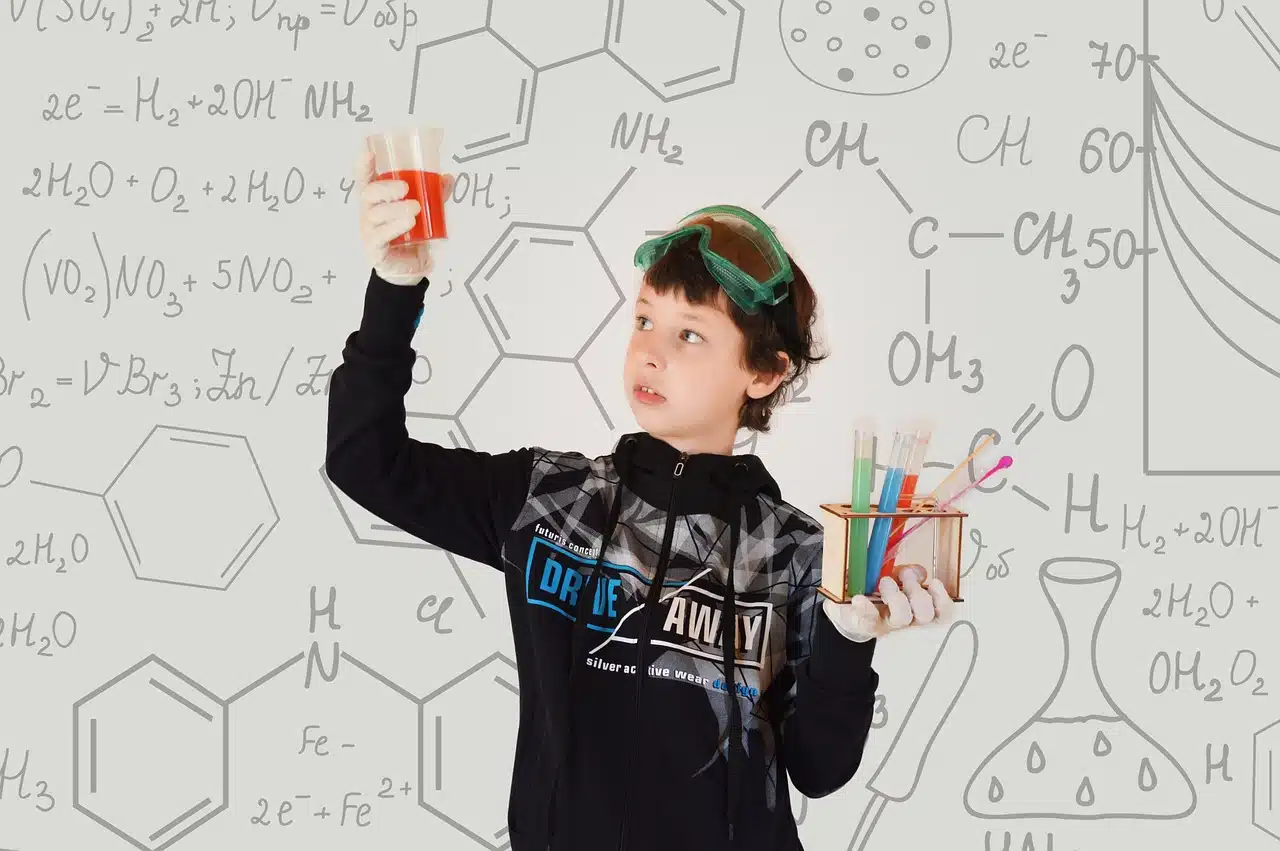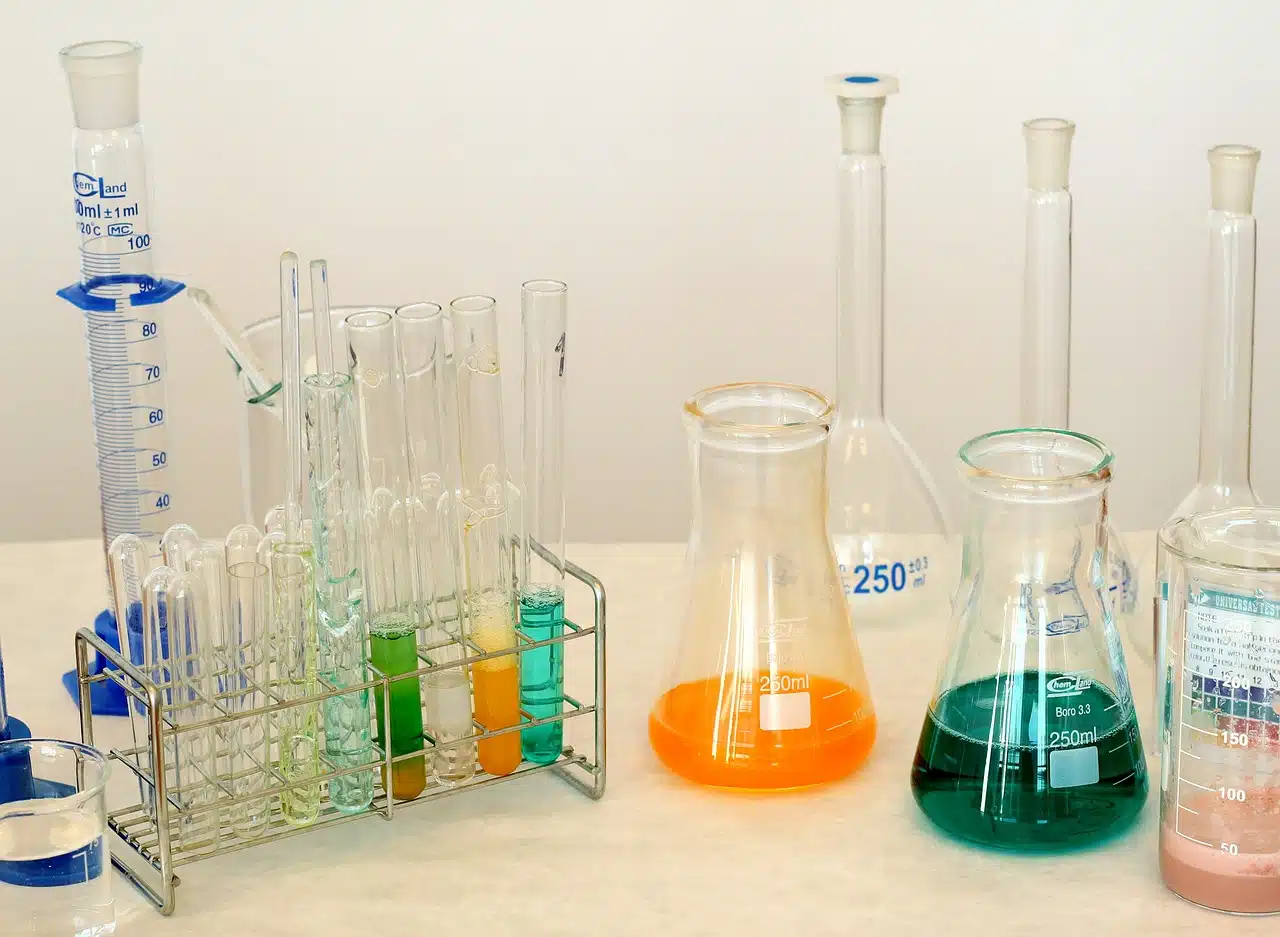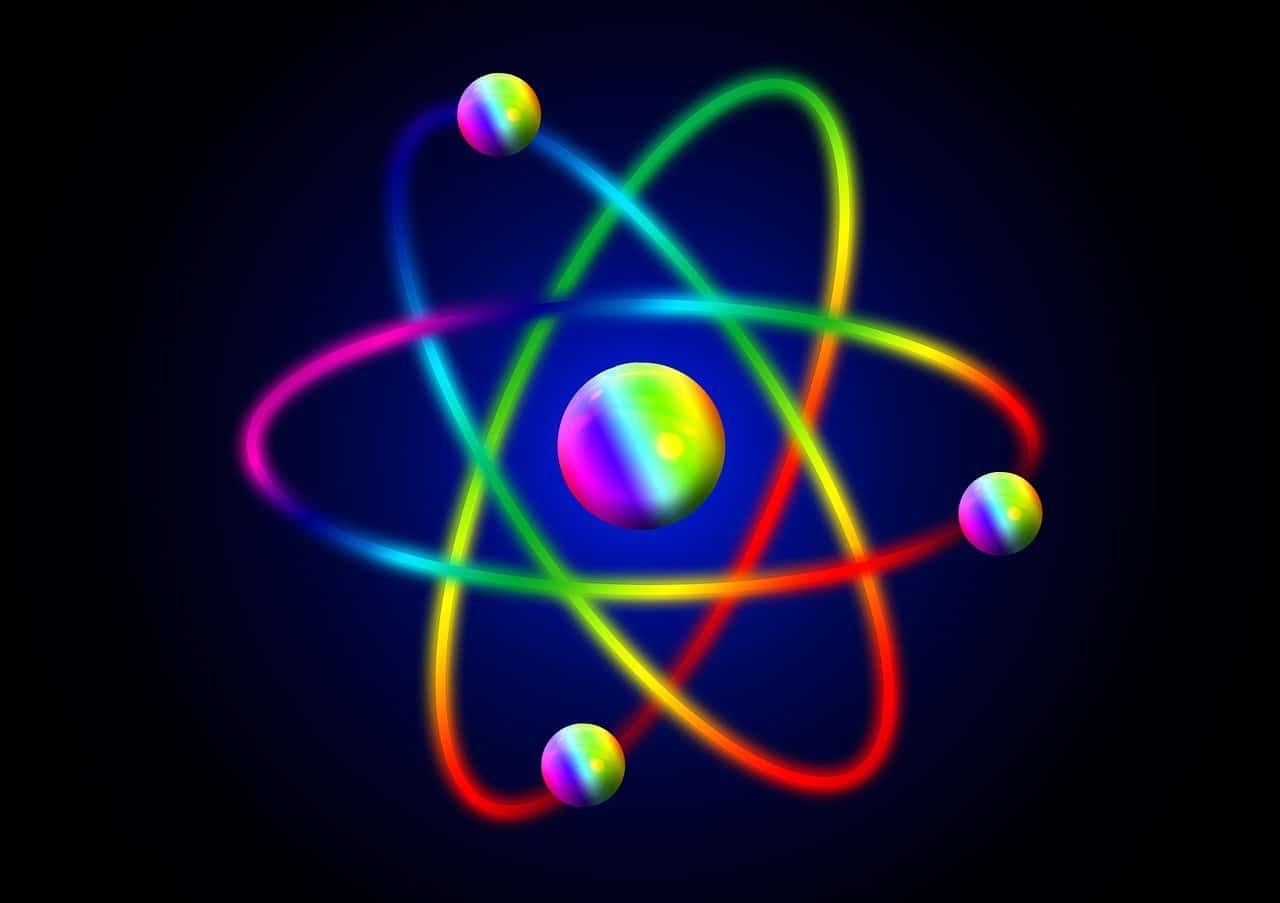
Each chemical substance has atoms that are linked in an invariable, fixed proportion.
A chemical substance is a variety of matter characterized at the chemical level as precise and homogeneous. The specific feature that characterizes it revolves around its chemical composition , which is fixed. That is, the atoms that make up each of these substances appear only in fixed proportions and the particles that constitute them cannot be segmented by appealing to physical mechanisms such as evaporation , decantation , distillation and filtration . Yes, however, in the face of certain reactions or conditions they are susceptible to physicochemical, chemical or physical transformations.
In this framework, a distinction is made between changes in chemical composition (thus becoming a new substance) and modifications linked to the state of aggregation .
Before delving into this topic, it is essential to make it clear that a mixture , whatever its type, never falls into the category of chemical substance . The reason? That the first one can be separated with one of the so-called physical separation methods , while a chemical reaction is effective in ensuring that the elements that make up a physical substance are separated.
And beyond scientific terminology, to simplify the recognition of chemical substances in everyday life, we will highlight in this introduction that in numerous industrial sectors (such as construction , the productive sector, the food industry, the chemical field and the pharmaceutical field) work with chemical substances . Companies and people, for their safety and that of other living beings, have to assume the responsibility of educating themselves and taking all the necessary precautions to manufacture, manipulate or apply chemical substances generating the least possible negative impact. The environment and health must be protected to the maximum in order to reduce chances of chemical contamination and toxicity .
Types of chemical substance
There are different types of chemical substance .
First of all, simple substances are recognized (those that have a specific amount of molecules associated with a specific chemical element) and, as a counterpart, compound substances (with at least two chemical elements involved in their composition, which is why they also receive the qualification of chemical compounds ).
On the other hand, there are dangerous chemical substances that must be approached and treated with extreme care due to the chemical risk they pose and the disasters they can cause to the health of any living being (plants, animals, people). The options range from explosive substances , mutagenic substances , corrosive substances , toxic substances , flammable substances , radioactive substances and carcinogenic substances .

In laboratories, since there are chemical substances, basic chemical safety standards apply. There are also protocols for transporting this class of substances.
structure of matter
The structure of matter gives information about how and what the arrangement of each atom and molecule is within various substances. It is enriching to remember that there are three states of matter : gaseous , liquid and solid . Sometimes, if extreme temperature and pressure are achieved in a laboratory, the matter can appear in a plasma state (as detailed by experts on the subject, ionized gas ).
Another fact to remember is that its essence is the atom , a microscopic unit that, simultaneously, is made up of subatomic particles called: electron , proton and neutron .
Along with the previously detailed concepts, other related notions gain visibility. This is the case, for example, with the atomic number (in a chemical element it details the total amount that each atom has of protons ) and the mass number (or mass, resulting from adding the number of both neutrons and protons that the nucleus has). of a certain atom ). When the existence of atoms belonging to the same element with nuclei that are equal in protons but differ in neutrons and atomic mass is detected, the idea of isotope comes into play.
Learning practically and theoretically about the molecule , periodic table , chemical formula , chemical compound , metalloid , metal and non-metal is as important as learning about other issues already described.
Properties and classification of a chemical substance
A chemical substance displays a range of properties and a range of classification.
Some properties are physical (and include boiling point, melting point, density , solubility and state of aggregation ) and others are chemical ( oxidation , reduction , acidity , basicity and reactivity ).
The categorization allows us to know the existence of organic compounds such as hydrocarbons , alcohols , ethers , aldehydes , ketones , carboxylic acids , polymers , amines and amides ).
Inorganic chemical substances , to list another classification, are segmented into acid , base , salt , oxide and hydroxide .

An atom is the smallest part of a substance that cannot be broken down at a chemical level.
Chemical reaction classes
Among the types of chemical reaction that are usually distinguished, we will mention redox reactions, decomposition reactions, synthesis reactions, nuclear reactions , acid-base reactions and exchange or displacement reactions.
When focusing on chemical kinetics , however, attention revolves around catalysis , the factors that influence the reaction rate and, precisely, the reaction rate .
In the process of adding knowledge in this regard, it is not advisable to leave aside the sense of chemical balance , which is governed by the so-called LeChatelier Principle . In the face of a chemical reaction , in addition, the equilibrium constant must be established in order to establish whether there is a higher concentration of reactant or product in the equilibrium examined . Another common action is to notice or calculate the displacement of equilibrium reactions .
